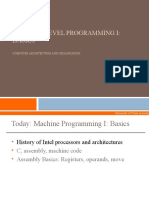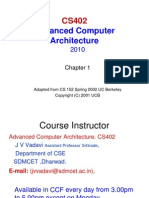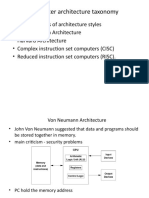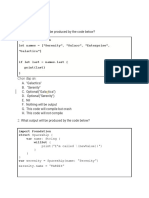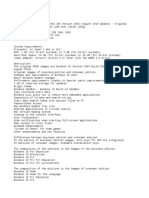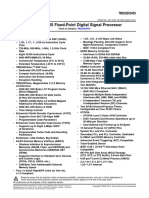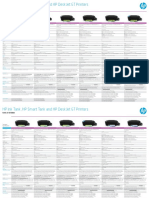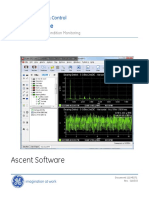0% found this document useful (0 votes)
13 views22 pages04-Machineprog 16sp
The document provides an overview of machine code and C programming, focusing on the relationship between high-level programming languages and machine-level instructions. It discusses the Instruction Set Architecture (ISA), particularly the x86 architecture, and the evolution of Intel processors. Additionally, it covers the compilation process from C code to object code, including assembly language translation and disassembly techniques.
Uploaded by
lollyvenicelCopyright
© © All Rights Reserved
We take content rights seriously. If you suspect this is your content, claim it here.
Available Formats
Download as PDF, TXT or read online on Scribd
0% found this document useful (0 votes)
13 views22 pages04-Machineprog 16sp
The document provides an overview of machine code and C programming, focusing on the relationship between high-level programming languages and machine-level instructions. It discusses the Instruction Set Architecture (ISA), particularly the x86 architecture, and the evolution of Intel processors. Additionally, it covers the compilation process from C code to object code, including assembly language translation and disassembly techniques.
Uploaded by
lollyvenicelCopyright
© © All Rights Reserved
We take content rights seriously. If you suspect this is your content, claim it here.
Available Formats
Download as PDF, TXT or read online on Scribd
/ 22
















